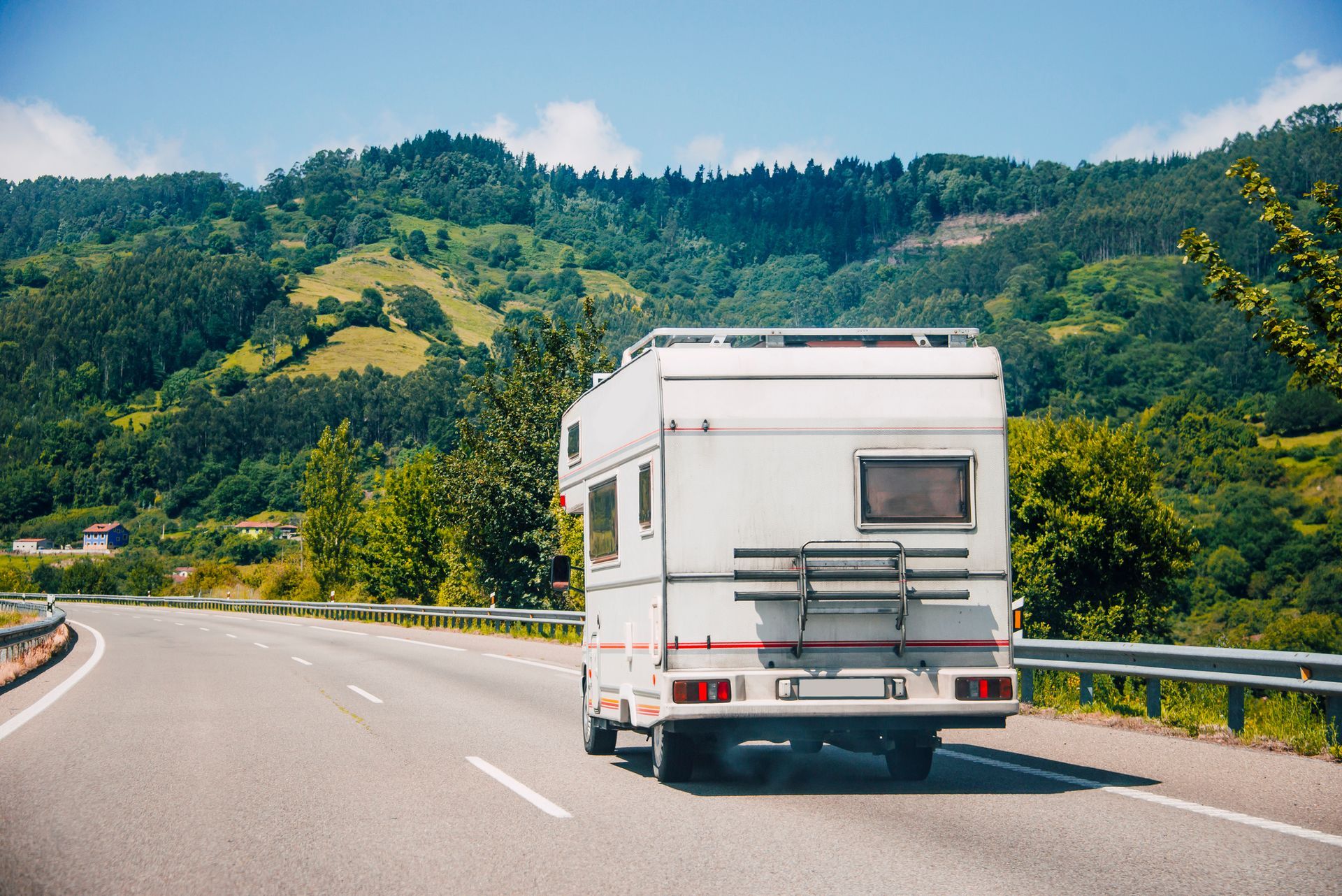
A recreational vehicle (RV) is only as good as its electrical system, so it’s important to understand the basics of how your RV directs electrical current to the appropriate places. Two devices—the converter and inverter—play a big part in managing electrical power in your RV. Below is more information about power converters and inverters.
An Introduction to Dual Power, Converters, and Inverters
Your RV likely contains a dual power system that supplies both 12-volt direct current (DC) and 110-volt alternating current (AC) to various electrical components. For example, most RV appliances, such as refrigerators, microwaves, and air conditioners, are powered by a 110-volt system, while lighting is connected to a 12-volt system.
Batteries directly power the 12-volt components, but a converter transforms the electrical current from 110 volts AC to 12 volts DC when the RV is connected to shore power. As a result, the batteries are kept charged and ready at all times.
An RV power inverter operates in a reverse role in by transforming 12 volts DC to 110 volts AC. As such, the inverter provides electricity for devices that operate at higher voltage levels if they are not connected to shore power.
Potential Problems With Converters and Inverters
RV converters and inverters are generally reliable and don't require much attention from owners. However, there are occasions when a converter or an inverter fails or experiences other types of trouble. Some of the most common problems are listed below.
Insufficient Shore Power
One problem that can prevent a converter from functioning is insufficient shore power. Should incoming voltages be significantly less than 110 volts AC, the converter will be unable to operate and output 12 volts DC.
You can check to see if a shore power connection provides 110 volts AC by using a clamp-on meter that attaches to the outside of the electrical cable. Some variation in voltage is acceptable, but anything less than about 108 volts AC indicates trouble with the incoming power supply.
Blown Fuses
A blown fuse can affect a converter or inverter by shutting off current flow from one direction or another. Consult the electrical diagram for your RV or documentation for the converter and inverter to locate fuses. You will need to evaluate each fuse separately to determine if it is blown.
Should you find a blown fuse, have a professional replace it with an exact match in amperage and voltage. Having an expert perform this step reduces the risk for electrical fires. For example, if you handle the repair yourself and use a 30-amp fuse in place of a 20-amp fuse, the consequence could be disastrous.
Bad House Batteries
Your RV contains at least one, maybe more, lead-acid batteries used to power 12-volt accessories. For RVs with inverters, these batteries also provide the necessary current to produce 110 volts AC.
Lead-acid batteries don't last forever, particularly if they are mistreated or neglected altogether. These batteries are called house batteries for the purpose of differentiating with the engine battery. Eventually, your house batteries will fail due to normal aging.
When the house batteries do fail, they will lose their ability to hold a charge, and this failure prevents them from powering the inverter or from providing sufficient output to accessories.
Failed Cooling Fans
Both converters and inverters generate a lot of heat during operation, and fans provide cooling for these devices. Should the fan go bad, internal components are likely to overheat and fail, too. If you notice the fan has failed in your converter or inverter, then don't delay in getting it repaired, since continued operation may damage the component due to overheating.
If you have questions about your RV's converter or inverter or any other electrical systems, then be sure to contact a qualified RV service
company for help.

